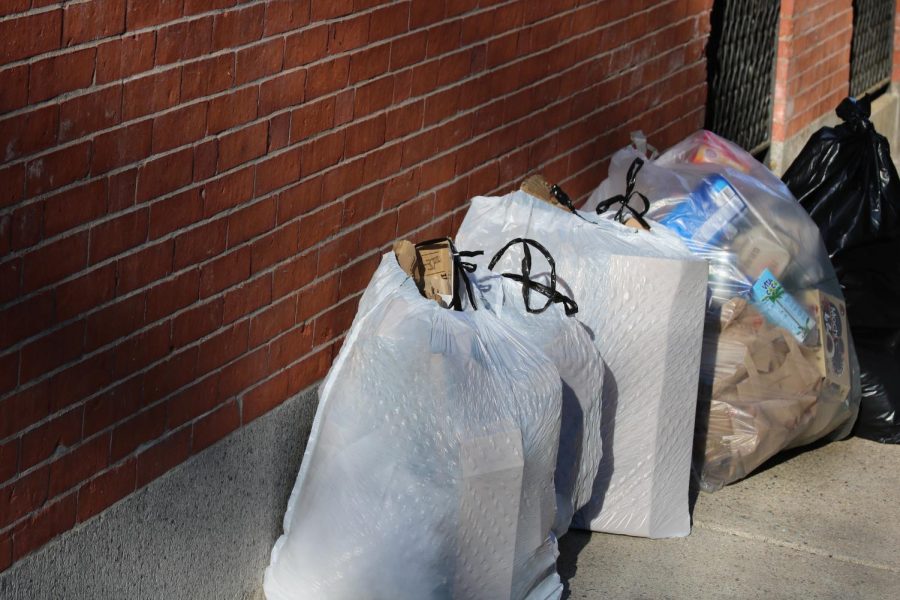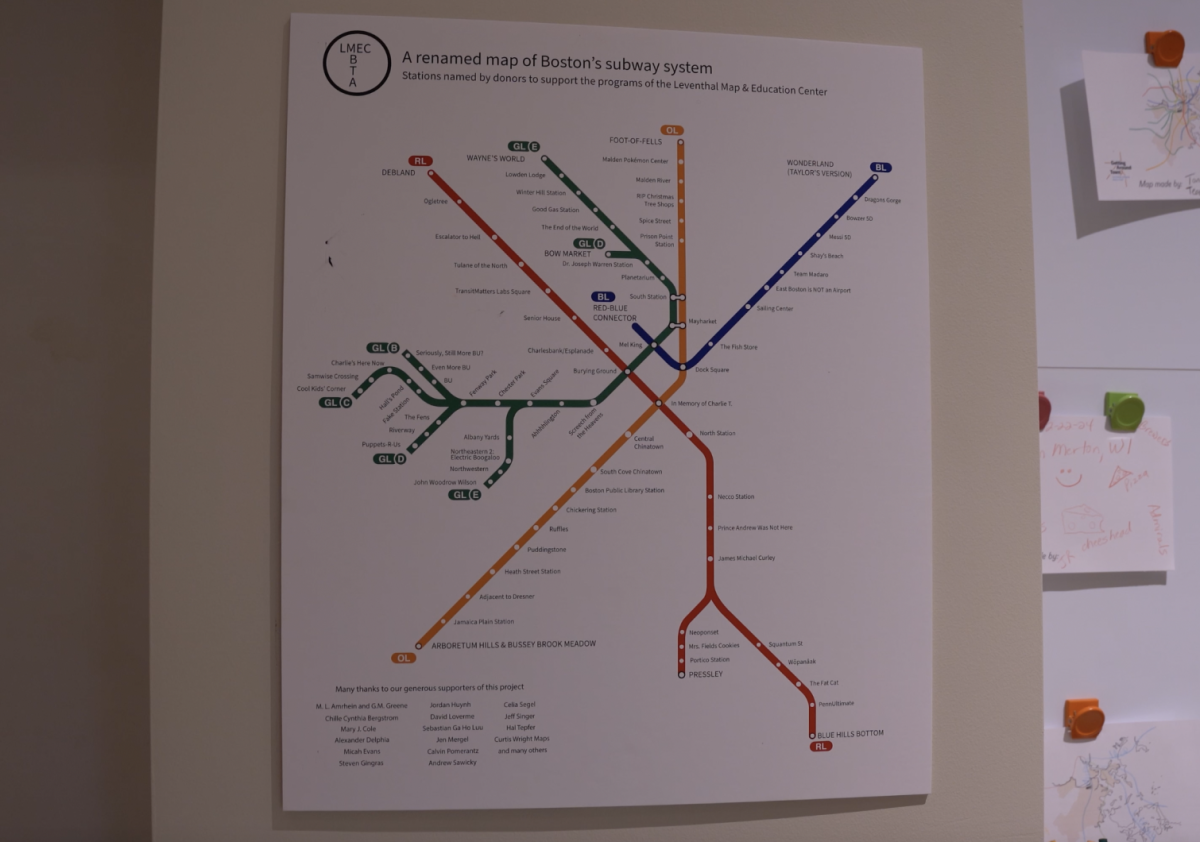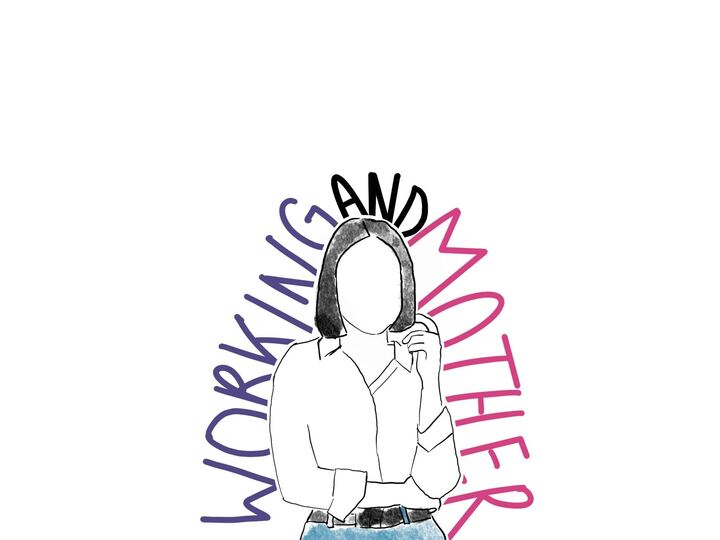Op-ed: We must take microplastics more seriously
A study from the University of Newcastle in Australia found that most people consume upwards of 5 grams of microplastic a week.
March 7, 2021
A study from the University of Newcastle in Australia conducted an experiment to see how much plastic, in the form of microplastics, people consume in their food. They found that most people consume upwards of 5 grams of microplastic a week, the equivalent weight of one credit card. Microplastics are everywhere. In our toothpaste, tennis balls and even in our food. In 2014, there were 51 trillion pieces of microplastics in the world’s oceans. It is very easy for aquatic life to pick up that plastic and carry it with them through the food chain, which eventually reaches us.
There are two types of microplastics. Primary microplastics are defined as plastic that is less than 5 millimeters in diameter. They are tiny and designed for commercial use. They are seen in the form of microbeads and more industrial pieces. Secondary microplastics are bigger offenders. They are generated from the breakdown of larger plastics, like plastic bags or water bottles. Even if you are trying to reduce your waste through recycling this material, sunlight and wave energy only serve to break down these secondary microplastics into primary ones.
You may be asking, “Since microplastics have been around for so long and we consume them consistently, what is the big deal?”
Since the 1960s, the average amount of plastic and municipal solid waste, or MSW, (which is basically all plastic) has increased exponentially. More plastics means that there is more exposure to microplastics. In 1960, there were 390,000 tons of U.S. MSW. In 2018, there were 25,680 tons. A significant increase of 16.3% of all that MSW consisted of plastic.
Moreover, the ingestion of microplastics is directly connected to a myriad of health problems, including abnormal organ development and reproductive harm. Styrene, bisphenol A and phthalates are all known toxic particles that make their way into microplastics and stay in them even through breakdown.
Microplastics are and will become more of a bigger threat to health, ecosystems and the entire environment. It is more important than ever to make this realization and do something about it. To date, there has been little to no regulation on the production of microplastics in MSW, and these materials continue to proliferate. Though we can work to regulate this material, it will take time. In the interim, we can take steps to reduce our exposure to microplastics by regulating it with respect to ourselves through resources made available to us at NU.
The easiest way to start is to invest in a reusable water bottle. According to The Guardian, 90% of bottled water holds insane levels of microplastics. In Nestlé water bottles, there are 10,000 microplastics per liter of water. It is better for the environment and your health to drink filtered tap water rather than to rely on bottled water. By ignoring those Dasani plastic water bottles that NU makes available at every meal, you should buy a reusable water bottle and fill it from the water dispensers located in virtually every building on campus.
A second way to decrease microplastic intake is to simply decrease the overall amount of plastic used. When food is wrapped in plastic, microplastics cling onto the food which is then consumed. That’s why I am thankful for Northeastern’s compostable take-out boxes. Additionally, bringing reusable bags to the grocery market and avoiding food wrapped in plastic is the most plastic-related way to avoid microplastics.
A third way of cutting down plastics is probably the most significant: cut down meat and seafood intake. In a recent study by Science Direct, microplastics were found in 49% of 150 different species of fish. This means about 1 in 2 seafood meals have an exorbitant amount of microplastics. This doesn’t mean you must completely stop eating seafood. It simply means you should try to cut down or consume only locally-sourced seafood.
Digesting microplastics is not the end of the world, but we are slowly getting there. The topic is difficult to discuss because of the lack of published research about it. But until there is more information, we have to keep each other accountable and realize it is simply not normal to digest one credit card a week.
Meave Singer is a first-year computer science and environmental science combined major. She can be reached at [email protected]


















